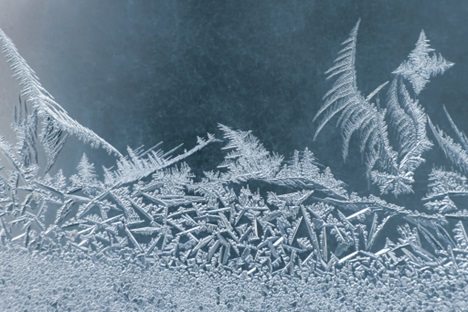In today’s world, complex supply chains move goods and materials across the globe and into the hands of consumers everywhere. Ideally, the process should be pretty straightforward. But certain types of cargo require more precautions, consideration, and effort than others—especially items shipped along the cold chain. Cold chain cargo requires careful handling, meticulous monitoring, and plenty of care/attention to detail. The importance of monitoring your cold chain is immense, whether you’re trying to avoid damaged goods or just keeping vital items (like medicine) viable as it moves from one place to another. Here are five gadgets to help you keep tabs on your cold chain integrity.
Table of Contents
UV Light Indicators
Monitoring the cold chain with UV light indicators doesn’t seem to make sense on the surface of things, but they can make a big difference. Using them can help reduce spoilage and damage throughout the cold chain.There are an entire class of UV light indicators that use ink activated by ultraviolet light to activate their function. They typically will work as part of a temperature indicator. These UV light indicators can be useful in time temperature indicator designs and applications. They’re not a single solution to solving time temperature abuse but rather an augmentation to existing technology. There are a variety of different UV light indicators that can be useful for different functions throughout the supply chain, but are especially useful in cold chain transport.
Time Temperature Indicators
Time temperature abuse is a real threat in the supply chain. This goes double for any highly sensitive or temperature sensitive items that need to be regularly monitored. A time temperature indicator is going to be your first line of defense against potential temperature problems. When it comes down to the wire, a good temperature indicator is one of the most powerful cold chain technologies you can get. Single use temperature indicators with a wide range of available temperature settings can help you keep track of temperature fluctuations or issues throughout your entire. By putting them inside your shipments, you can ensure the viability of products with a simple visual, color changing indicator. Are they too warm? Are they too cold? Is there a possibility somebody could be mishandling them or mistreating them? You should be able to answer all of these questions and more with the right temperature indicators throughout your fleet.
Moisture Indicator
Did you know moisture can be one of the most significantly damaging forces on most cold chain shipments? Moisture accounts for a significant amount of damage to cargo every year. Generally speaking, fluctuations and temperature can cause condensation, which causes moisture to build up. Moisture gets into various parts of the shipment and damages products. It’s as simple as that. So mitigating it requires monitoring, assessing for damage, and making plans that will prevent it from occurring in the first place. Using moisture indicators in your shipments can prevent much bigger problems down the line.
Humidity Sensors
Humidity can be a real problem in logistics, whether or not you’re shipping temperature sensitive cargo. When you are shipping such products, high humidity levels can lead to big trouble. Fluctuating humidity is a significant contributing factor to product damage in the supply chain. In general, humidity is uncomfortable, can become an environment for bacterial growth, and essentially creates a place for mold to thrive. So you can imagine the problems fluctuating humidity can cause in cold shipments. Fortunately, humidity and data loggers exist to help you keep an eye on these types of issues. Installing one in your refrigerated truck can help you keep track of any problems and inform future decisions about packaging, tracking, and transporting your goods to avoid running into these issues in the future.
Freeze Sensors

When products become too frozen throughout transport, they can become damaged. A product that freezes, unfreezes, then refreezes can be a breeding ground for bacterial growth. According to the USDA, unfrozen foods should be refrozen within two hours to prevent damage. The same concept can be applied on a broader scale to transporting cold items. Using temperature indicators and freeze sensors to prevent damage to products is critical technology for any items, whether their food or pharmaceuticals (or something else entirely). These are a class of monitoring devices that keep your products within a safe temperature range. Freeze sensors are a bit more advanced than typical temperature indicators and can notify you of whether or not products have been kept in unacceptably low temperatures for a certain amount of time. When used in combination with other tools, they can help you keep your products in good shape, ultimately saving money and keeping products in good condition throughout the entire trip.


